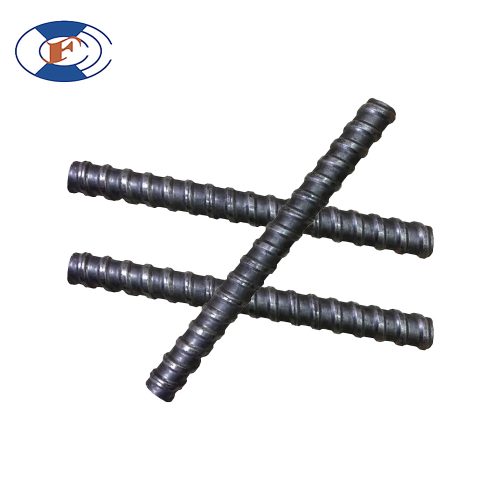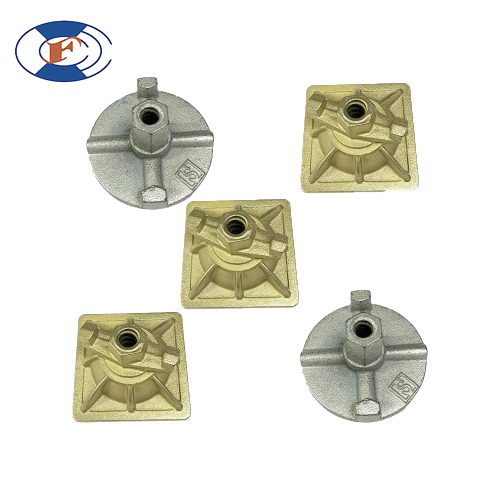Tie Rod System
-
Formwork Coil Rods
$1.00 -
Formwork Tie Nut
$1.00 -
Formwork Water Stop
$1.00 -
Steel Tie Rod Cone
$1.00 -
Super Plate Combi Nut
$1.00 -
Tie Rod Plate Washer
$1.00 -
Tie Rod PVC Pipe
$1.00
The formwork tie rod system is an essential solution in construction, ensuring the stability and precision of formwork during concrete pouring. This system is composed of several interconnected components, each playing a critical role in maintaining structural integrity under immense pressure. Here’s a closer look at its primary elements and their functions.
Key Components and Their Roles
1. Tie Rod
The backbone of the system, the tie rod provides the tensile strength required to hold formwork panels in place. Manufactured from high-grade steel, it resists deformation and can withstand significant pressure, ensuring a secure assembly for walls, slabs, and columns.
2. Tie Nut
The tie nut is used to fasten the tie rod, locking it in position and preventing any movement. Its durable design allows for repeated use, making it a cost-effective option for contractors.
3. Super Plate Combi Nut
A versatile component, the super plate combi nut combines the functions of a standard nut and a bearing plate. It distributes pressure evenly across the formwork surface, reducing stress concentrations and enhancing structural stability.
4. Water Stop
Water stops are crucial in projects involving water-retaining structures like basements or reservoirs. Positioned on the tie rod, they prevent water from penetrating through the formwork, ensuring a watertight seal and long-term durability.
5. Tie Rod Plate Washer
Placed between the tie rod and other components, the washer evenly distributes load and prevents wear on the formwork system. This enhances the lifespan of both the tie rod and the connected elements.
6. Tie Rod PVC Pipe
The tie rod PVC pipe acts as a spacer and a protective sleeve for the tie rod. It ensures consistent spacing between formwork panels and prevents concrete from adhering to the tie rod during pouring. Its lightweight and reusable design make it a practical choice for improving construction efficiency.
7. Formwork Hex Nut Connector
Used to join two tie rods, the hex nut connector is indispensable for projects requiring extended rod lengths. Its strong threading ensures a secure connection without compromising stability.
8. Steel Tie Rod Cone
The tie rod cone creates a clean separation point between the tie rod and the concrete structure. It simplifies dismantling after curing and prevents damage to the concrete, ensuring a smooth finish.
Functionality and Applications
This system is designed to handle a wide range of construction scenarios, from vertical structures like walls and columns to horizontal ones such as slabs and beams. Its adaptability makes it ideal for projects requiring precise formwork alignment and high-pressure tolerance.
Advantages of the Formwork Tie Rod System
Durability: High-strength steel components ensure longevity and repeated use.
Versatility: Compatible with different materials like steel, plywood, and aluminum formwork.
Efficiency: Simplifies assembly and dismantling, reducing labor and time costs.
Sealing Capabilities: Water stops enhance the integrity of water-retaining structures.
Choosing the Right System
When selecting a formwork tie rod system, consider factors like material quality, corrosion resistance, and compatibility with your project requirements. Partnering with a reliable supplier ensures you receive tested, high-quality components that meet construction demands.
The formwork tie rod system is more than just a construction tool; it’s an integral part of achieving precise, efficient, and durable results. With its innovative components and robust functionality, it stands as a cornerstone of modern building techniques.












